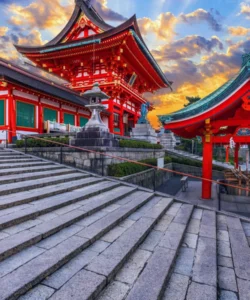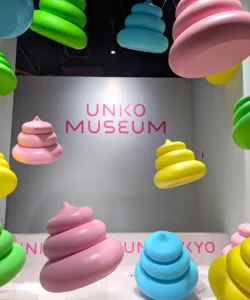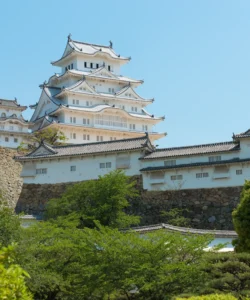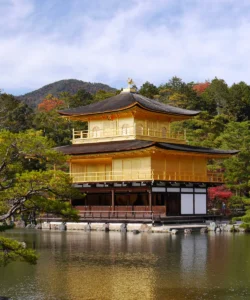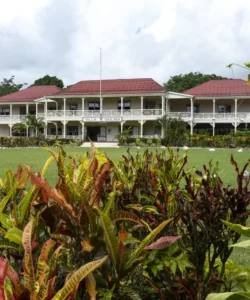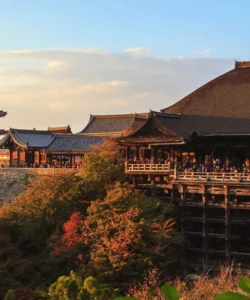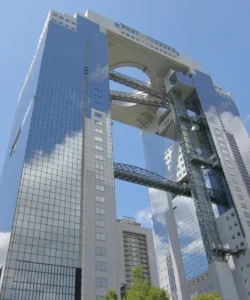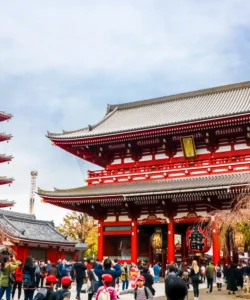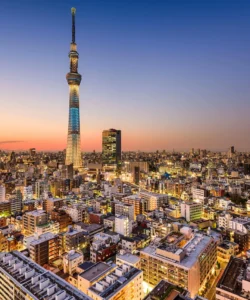The iconic Samoan fale (pronounced fah-lay) is more than just a house; it’s a profound symbol of Samoan culture, community, and an ingenious adaptation to the tropical environment. It embodies Fa’a Samoa, the Samoan way of life, which emphasizes communal living and a deep connection to family and land.
Outstanding Features:
- Distinctive Shape: Traditionally, a Samoan fale is characterized by its oval or circular shape, though modern variations can be rectangular. This shape, particularly for the large fale tele, reflects traditional spatial arrangements for social gatherings and ceremonies.
- Domed, Thatched Roof: The most visually striking feature is the high, domed roof, traditionally thatched with woven coconut or pandanus leaves. This natural thatch provides excellent insulation, keeping the interior cool and offering protection from the sun and rain. In modern times, tin roofs are also common for durability.
- Open Sides and Wooden Framework: A hallmark of the traditional fale is its open sides, supported by an intricate framework of strong wooden poles or posts. This design allows for exceptional natural ventilation, crucial in Samoa’s warm, humid climate. It also fosters a sense of openness and communal interaction, mirroring the Samoan extended family (aiga) structure.
- Pola (Roll-down Blinds): While traditionally open, privacy and protection from weather elements are achieved through roll-down blinds called pola. These are typically woven from coconut leaves and can be raised or lowered as needed.
- Lashing with ‘Afa: Before the introduction of nails, the entire structure of a fale was meticulously lashed and tied together using ‘afa, a strong, plaited sennit rope made from dried coconut fiber. The complex patterns of the ‘afa lashing are not only aesthetically pleasing but also provide remarkable structural flexibility and resilience, allowing the fale to withstand strong winds and earthquakes.
- Elevated Platform (Paepae): Fales are typically built on an elevated platform made of stones, coral, or concrete. This raises the floor above ground level, protecting the interior from dampness and enhancing its prominence, especially for the important fale tele.
- Master Craftsmanship (Tufuga Fau Fale): The construction of a traditional fale, particularly a large fale tele, is a highly skilled art form overseen by master craftsmen (tufuga fau fale). It often involves the entire extended family and village community, from gathering materials to the intricate lashing work.
Types and Uses:
The term fale is a general word for “house” and encompasses various types of structures, each with a specific purpose:
- Fale tele (Big House): This is the most important and often the largest fale in a village or family compound. It is typically round or oval and serves as a meeting house for chiefs (matai), for significant family gatherings, funerals, and ceremonial occasions like chief title investitures. It is usually situated prominently at the front of a family complex or village.
- Afolau (Long House): A longer, stretched-oval fale traditionally used as a family home or guesthouse.
- Faleo’o (Small House): Historically a smaller, simpler addition to the main dwelling, often located at the back. Today, faleo’o is commonly used to refer to the popular open-sided beach fales rented by tourists, providing an authentic and often budget-friendly accommodation experience.
- Tunoa or Umukuka (Cookhouse): A humble, often open shelter specifically for cooking, particularly for the umu (earth oven).
Cultural Significance:
The fale is deeply intertwined with Samoan culture and social organization:
- Embodiment of Fa’a Samoa: The open design of the fale symbolizes the communal nature of Samoan society, where activities are often shared, and there’s an inherent connection between family members.
- Social Hierarchy and Protocol: Within a fale tele, specific spatial areas dictate seating positions for chiefs according to their rank, as well as designated places for orators, guests, and family members during formal gatherings (fono).
- Connection to Ancestors and Land: The construction and design of the fale are linked to Samoan cosmology and genealogical ties, representing a living architectural manifestation of cultural heritage.
- Sustainability and Resilience: The traditional fale’s use of local, renewable materials and its flexible, wind-resistant design reflect centuries of adaptation to the tropical climate and natural disasters, making it a model of sustainable and resilient architecture.
Comparison with Similar Locations in Other Pacific Island Nations:
While various traditional housing styles exist across the Pacific, the Samoan fale shares similarities but also possesses unique characteristics:
- General Polynesian Features: Many Polynesian cultures share common elements in their traditional architecture, such as the use of natural materials (wood, thatch), reliance on lashing techniques, and designs adapted to the tropical climate. The words for “house” are often cognates across Polynesian languages (e.g., fale in Samoan, hale in Hawaiian, whare in Māori).
- Openness vs. Enclosure: The Samoan fale is particularly known for its open, wall-less design, maximizing airflow and community interaction. In contrast:
- Māori Whare (New Zealand): Traditional Māori whare were typically more enclosed, often rectangular with carved wooden panels and a single entrance, designed to retain heat in a cooler climate and to serve as a symbolic representation of ancestors.
- Hawaiian Hale: Early Hawaiian hale varied, but many were also more enclosed structures with thatched walls, providing more protection from wind and rain than the fully open Samoan fale, especially for living quarters.
- Fijian Bure: Fijian bure often have solid walls made from woven bamboo or timber, with steeply pitched thatched roofs, creating a more enclosed space for sleeping and privacy.
- Shape: While the oval or circular shape is prominent in Samoan fale tele, other Pacific islands may feature more rectangular or square traditional houses.
- Lashing and Joinery: While lashing is common, the intricate and structurally critical ‘afa lashing in Samoan fales is particularly renowned for its complexity and effectiveness, representing a highly developed art form.
The Samoan fale, with its elegant design, open structure, and deep cultural resonance, remains an iconic and enduring symbol of Samoa’s rich heritage and its unique way of life.
